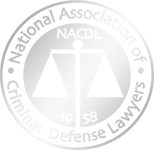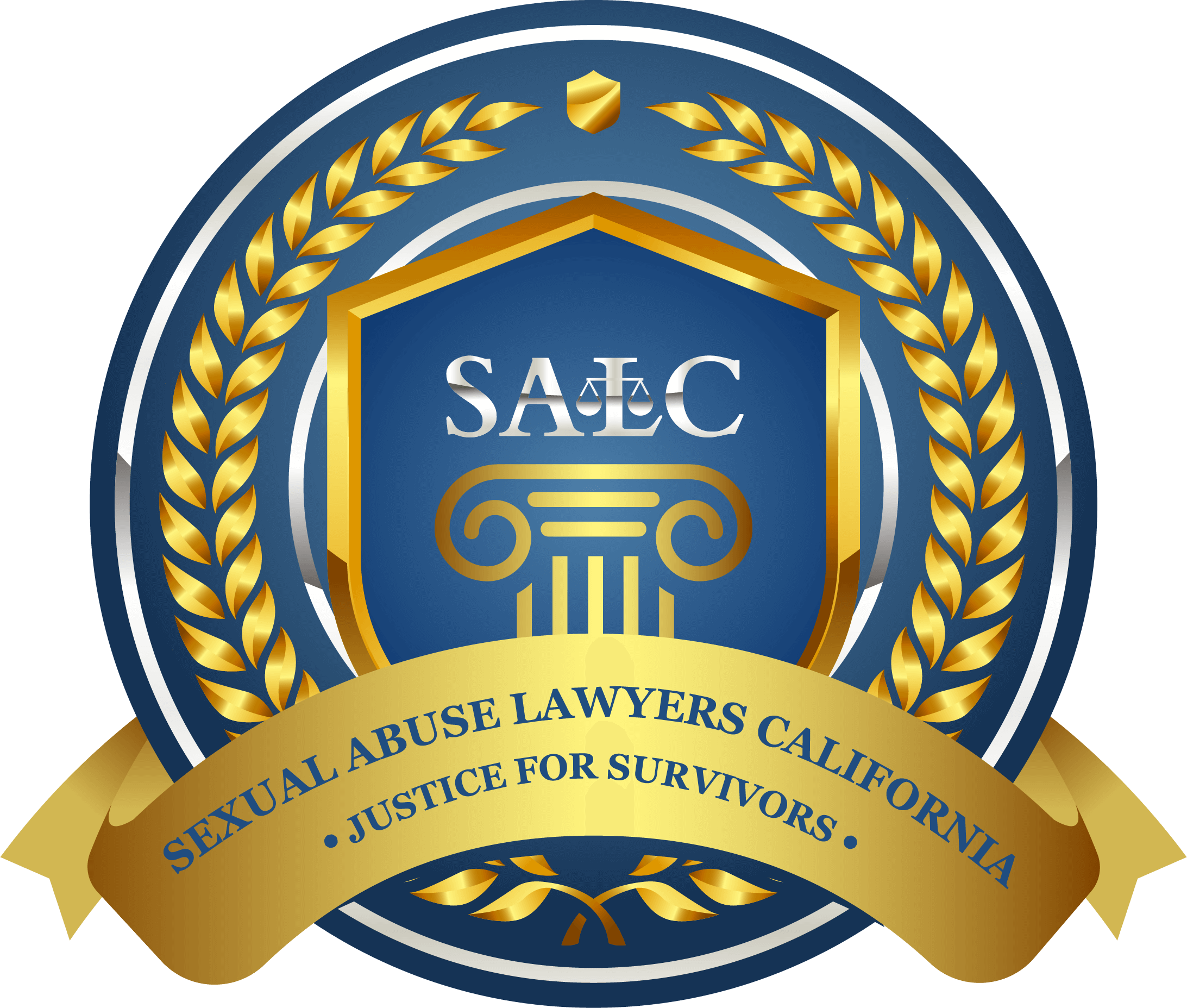The Background
Creating a secure and loving environment for students requires open conversation regarding sex abuse in K-12 schools. Not only does it aid in the prevention and early identification of abuse, but it also facilitates survivors’ recovery. In order to make sure that kids feel safe talking about delicate topics, schools should promote an environment of trust and transparency. This page is written with the intention of offering school administrators, teachers, and anybody else involved with the topic of sexual abuse some useful information and ideas for starting conversations. Our goal in having this conversation is to give school districts the tools they need to combat and prevent sexual assault in elementary, middle, and high schools.
The Difficulty of Talking About Sexual Abuse
The topic of sexual assault is delicate and complicated, especially when it pertains to professors’ misbehavior. Concerns about power relations and trust in the classroom connect with this very sensitive and personal subject. A major obstacle that students may face is the fear of being ridiculed or retaliated against if they speak up. Another factor that contributes to a lack of safety and confidence in schools is the absence of established routes of communication for reporting and discussing these kinds of situations.
Professors and students often have a hierarchical relationship, which can make things even more complicated. Fearing that speaking up will hurt their academic reputation or future possibilities, students may experience feelings of vulnerability or powerlessness. Additionally, a culture of silence may develop in schools as a result of the widespread discomfort and social stigma associated with talking about sexual abuse. Staff and students are not adequately trained to identify or respond to sexual abuse, which contributes to the problem of silence around the issue. It is critical to eliminate these obstacles in order to create a setting where honest communication is not only welcomed but expected.

Teachers and Principals’ Responsibilities
Administrators and teachers have a significant impact on creating a safe space for students to talk about painful issues like sexual abuse. The first step is to make sure everyone knows what constitutes abuse and the repercussions for engaging in such actions by establishing a transparent policy on sexual misconduct. The school culture should reflect and support this policy, and it should be communicated frequently.
There must be training. In addition to learning to spot the warning signs of abuse, school administrators and teachers should receive training in compassionate communication and how to delicately handle disclosures. Students can be better educated as a whole if they are taught at the right age about topics like consent, healthy relationships, and personal safety.
Setting up secure and confidential reporting procedures is another critical step. It is important that students have various options when it comes to reporting issues or concerns, such as specific staff members, anonymous reporting methods, or counseling services.
Also, teachers can show students that it’s okay to talk about sensitive topics like sexual abuse by having age-appropriate conversations about these topics in class. One way to make these kinds of critical conversations more commonplace is to have regular meetings or forums where students can feel comfortable voicing their opinions and asking questions.
Building a Positive Environment at School
Promoting open dialogue regarding delicate subjects, such as sexual abuse, requires the establishment of a welcoming and accepting school climate. In addition to helping with prevention, this kind of culture makes ensuring that survivors are safe and supported. An important part is making sure that all students, no matter who they are or what they’ve been through, are welcome and valued.
Schools can take the lead in creating this atmosphere by implementing programs that highlight the importance of diversity, empathy, and respect. It is possible to incorporate activities into the curriculum that encourage students to comprehend and appreciate different points of view. Additionally, it is critical to have a staff and faculty that is diverse in order to better understand and serve the student body.
Schools can also team together with other experts, like California sexual assault attorneys, to host educational events like seminars and workshops. Insights into the legal implications of sexual abuse and survivors’ rights can be provided by these professionals, who can educate the school community even further.
A key role can also be played by peer mentoring initiatives. Students of a more mature age who have received training in empathy and active listening can be a great resource for their younger peers, creating a safe space where they feel comfortable expressing their worries. Schools may foster an atmosphere that is safe and welcoming for students to speak their minds by strongly advocating these principles.

Putting into Practice Powerful Methods of Communication
For sexual assault to be openly discussed in school settings, it is essential to implement effective communication tactics. Including age-appropriate lessons on the subject in class is one way to do this. This may include having simple conversations about consent and personal limits with younger pupils. More nuanced topics like consent, abuse recognition, and relationships can be covered in later years of school.
Students can learn and ask questions in a safe setting during regular seminars and workshops. Professionals having the necessary training to lead these sessions with nuanced insights and care should do so.
Another important tactic is to actively listen. If teachers want their pupils to feel safe enough to open up about personal struggles, they should learn active listening skills. Because of the trust it builds, more pupils are willing to speak up when asked a question.
To further facilitate students’ ability to voice issues without fear of retaliation, schools should make use of digital technologies such as anonymous reporting applications. Students in their latter years who are more comfortable with technology and who value privacy may find these tools particularly useful.
Survivor awareness and support groups run by students can also be a great resource for opening lines of communication. These peer-led groups have the potential to provide a more approachable and relatable space for talking about these things.
Engaging Parents and Guardians
Parents and guardians are essential allies in fostering open communication about sexual abuse in educational settings. Their involvement can significantly enhance the effectiveness of the school’s efforts. To engage parents effectively, schools can organize informational sessions that outline the school’s policies and procedures regarding sexual abuse. These sessions can also provide parents with guidance on how to talk to their children about this sensitive topic.
Regular communication is key. Schools can use newsletters, emails, and parent-teacher meetings to keep parents informed about the initiatives and resources available to students. Inviting parents to participate in workshops and seminars alongside their children can also be beneficial.
Additionally, schools can collaborate with experts from local organizations, including those focusing on youth camp sexual abuse, to provide parents with specialized knowledge and resources. Creating a dedicated space on the school’s website for resources and information about sexual abuse can offer parents easy access to important materials. Through these efforts, parents can become informed and active participants in creating a safe and supportive educational environment.

Resources and Training for Staff and Students
The provision of training and resources for staff and students is vital in addressing sexual abuse in educational settings. Staff training should include recognizing signs of abuse, understanding how to respond to disclosures sensitively, and being aware of the legal obligations regarding reporting abuse. Programs like ‘Darkness to Light’ and ‘Stop It Now!’ can be integral resources for training educators.
For students, schools should offer age-appropriate educational programs that cover topics such as personal boundaries, consent, and how to seek help. Interactive sessions, like role-playing and group discussions, can be effective in engaging students and reinforcing these concepts.
Additionally, schools can provide resources like brochures, websites, and hotlines that students can access for information and support. Collaborations with organizations specializing in addressing sexual abuse, such as youth camp sexual abuse prevention groups, can offer valuable insights and resources tailored to the needs of the school community.
Involving students in creating these resources can also be beneficial, as it ensures that the material is relatable and accessible to their peers.
Encouraging Ongoing Dialogue and Improvement
Maintaining open communication about sexual abuse in educational settings requires ongoing efforts and a commitment to continuous improvement. Schools should regularly review and update their policies and programs to reflect the evolving understanding of how best to address and prevent abuse.
Creating a feedback loop where students, staff, and parents can provide input on these initiatives is crucial. This feedback can help identify areas for improvement and ensure that the measures in place are effective and relevant.
Finally, it’s important to keep the conversation about sexual abuse ongoing. Regular updates, discussions, and educational sessions can help keep this critical issue at the forefront of the school community’s mind, ensuring that the environment remains safe, supportive, and vigilant against sexual abuse.










